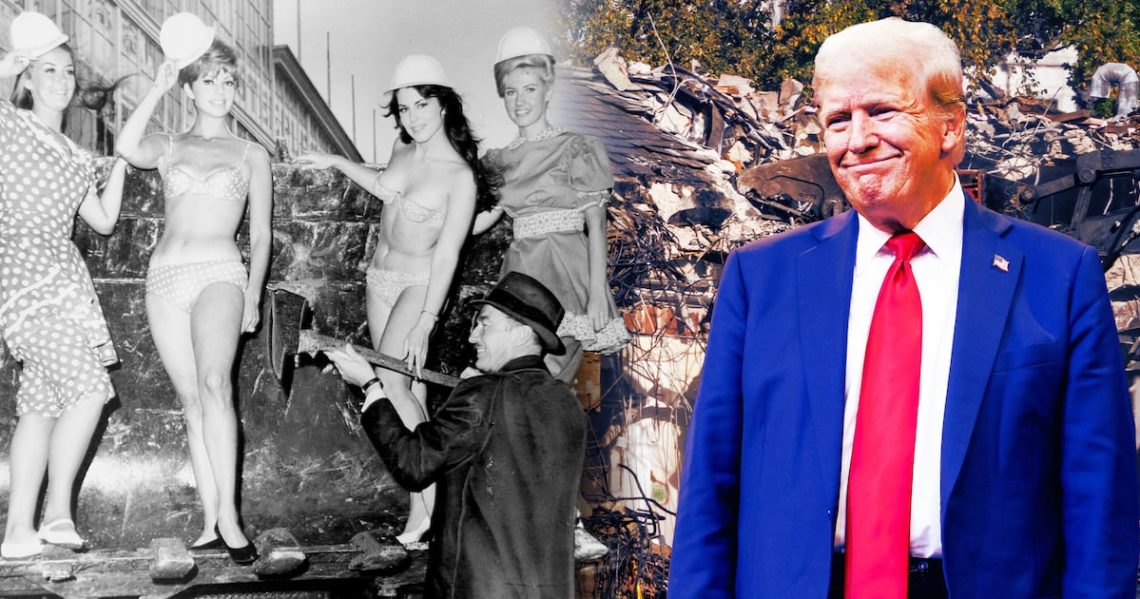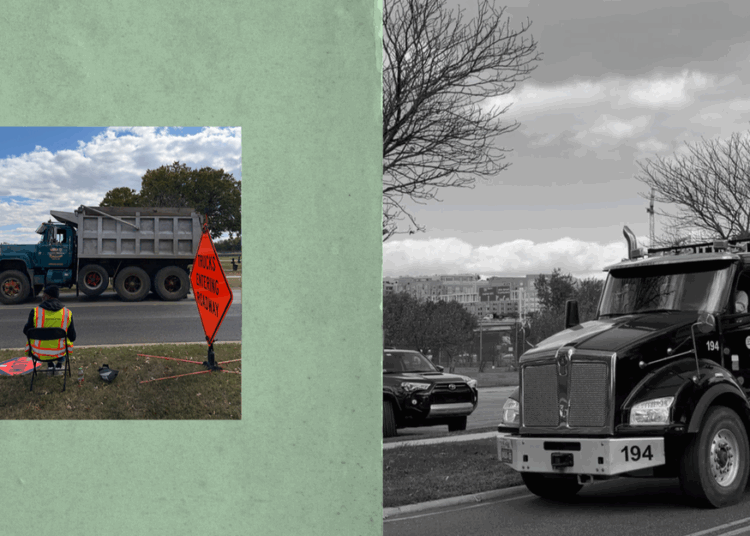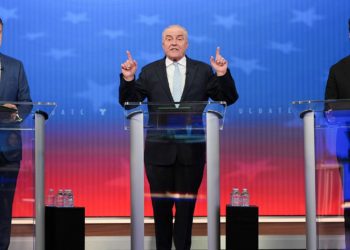Six decades before his son Donald tore down the East Wing of the White House, Fred Trump sent out engraved invitations to take part in a big demolition of his own.
The invites were for a “V.I.P. Farewell Ceremony” at noon on Wednesday, Sept. 21, 1966, at Steeplechase Park in Coney Island.
The guests arrived to see Fred outside the park’s Pavilion of Fun, with the vast, smiling face painted on its glass facade. He was holding an ax as he posed for news photos in front of an earth mover. Four beaming fashion models stood in the loader, two in bikinis, all in white hard hats.
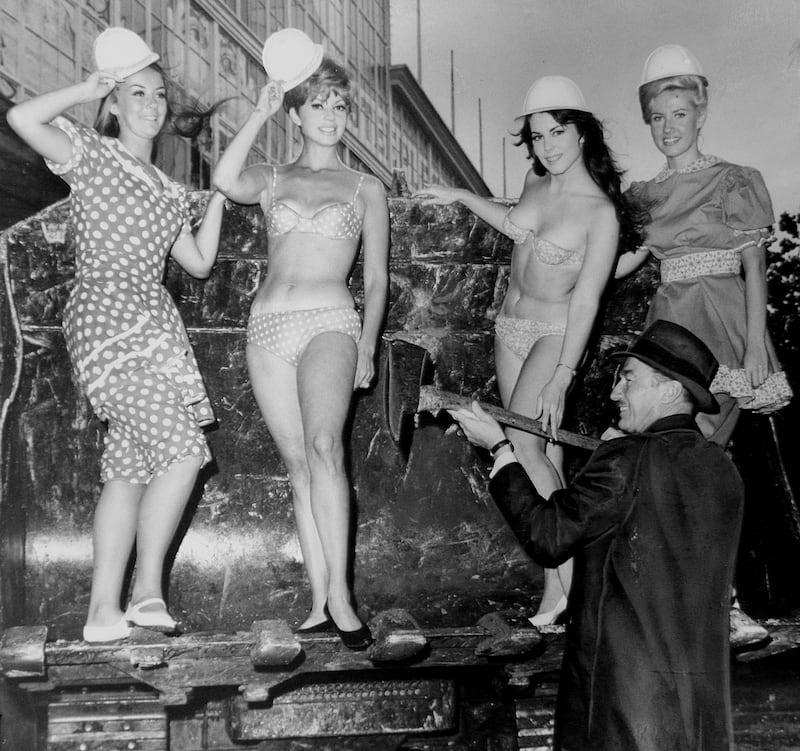
Champagne was served. Waiters in black tie distributed bricks on silver trays. The big moment approached.
Fred had purchased the shuttered amusement park the year before with the intention of building seaside apartment towers. The area was not zoned for residential construction, but Fred had previously overcome such obstacles simply by reaching out to his friends in the Brooklyn Democratic machine.
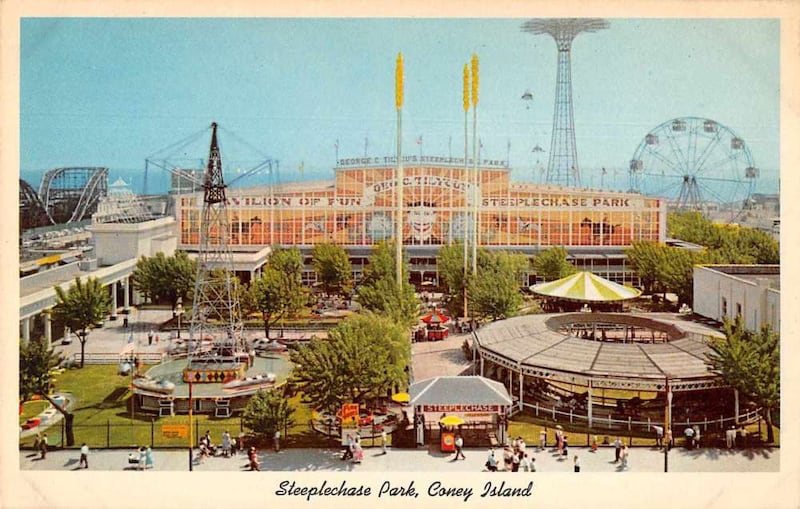
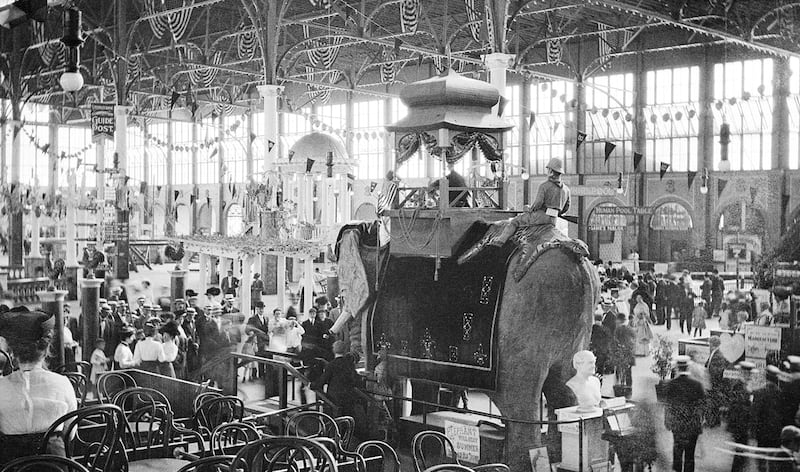
But, later in 1965, New York City elected John Lindsay as its new mayor. Lindsay was a reform-minded Republican WASP who believed that zoning should mean something. Fred found himself faced with actually adhering to the law. And his plight was further complicated when people in the community began saying that the Pavilion of Fun should be landmarked. That would be something even a Brooklyn fixer could not easily fix.
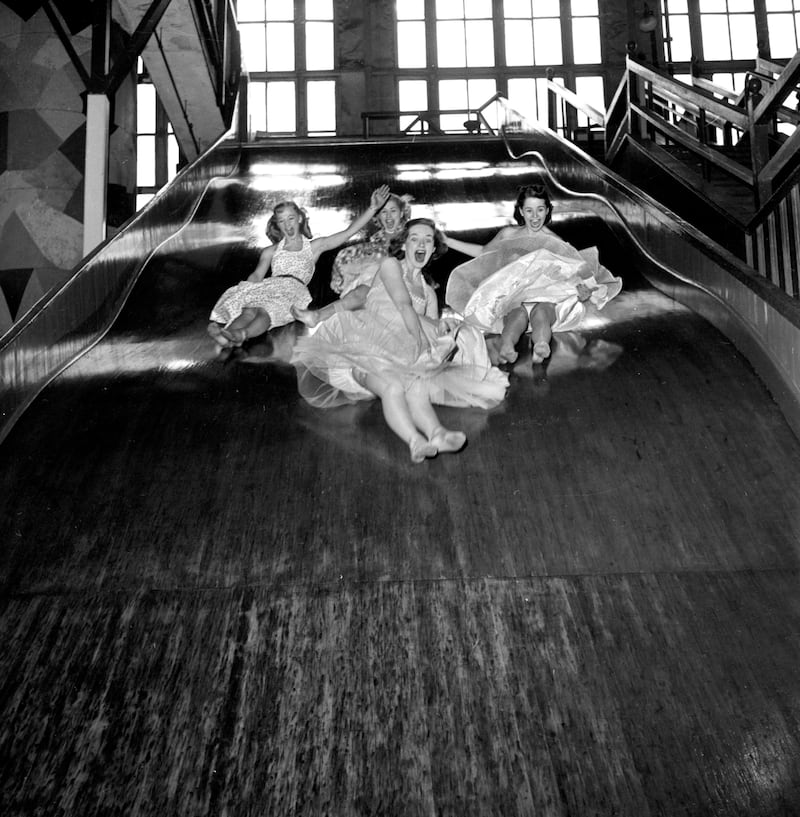
Fred had a way to render any landmarking moot. He signaled his guests to start throwing the bricks. Their prime target was the painting on glass of the smiling face that had become the symbol of Coney Island.
That done, the earthmover proceeded to level Steeplechase Park, leaving the famous parachute jump, which was by the boardwalk and did not interfere with Fred Trump’s plans.
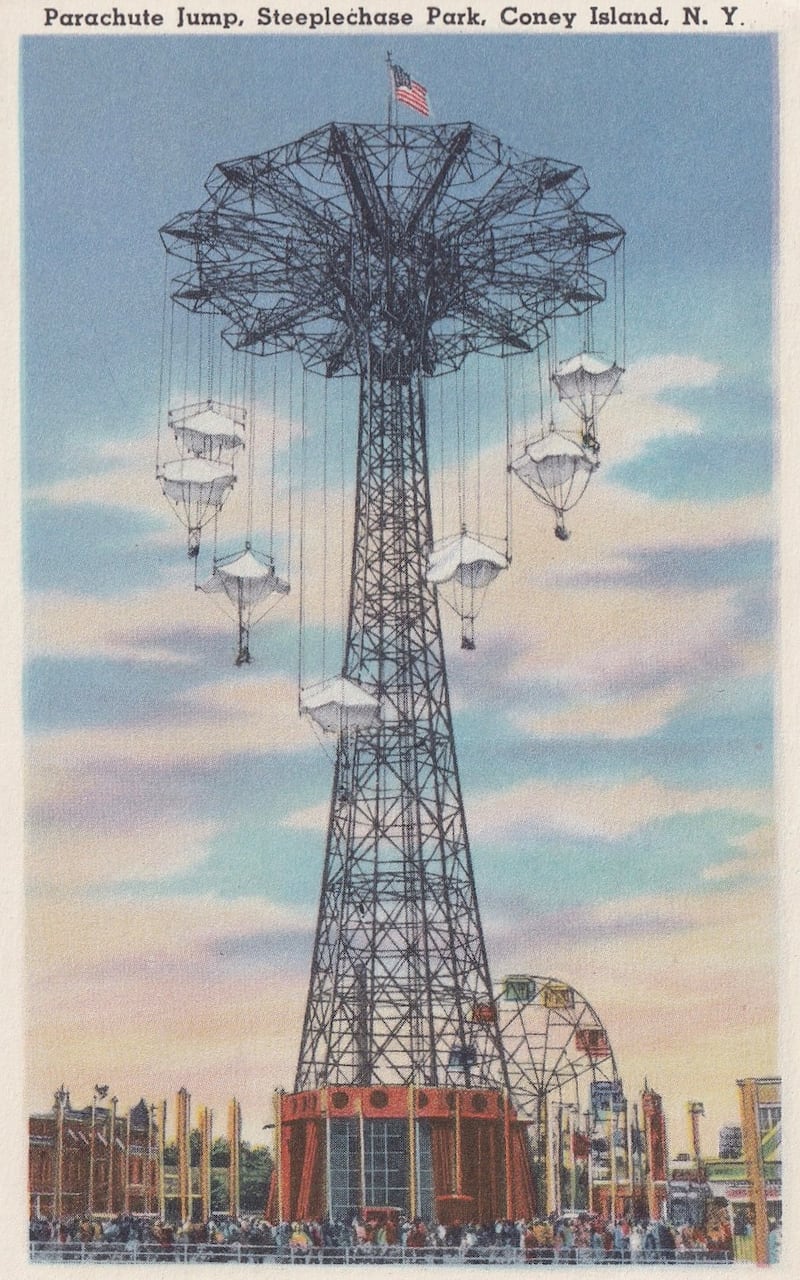
But, reformers being reformers, Fred Trump was still unable to secure a variance for the now razed site. He abandoned his plan to build the towers and sold the tract to the city for $3.7 million in 1969. He walked away with a $1.2 million profit, but the vacant sky over the site remained a testament to what the Trump name could not achieve without political connections.
In 1974, Lindsay was succeeded by a flunky of the Brooklyn Democratic machine, Abe Beame. Fred and Donald then demonstrated what the Trump name could achieve through political connections. His son Donald was the front man as they secured a 40-year, $160 million tax break for the renovation of the 28-story Commodore Hotel adjacent to Grand Central Station.
Then, in 1979, with a boost from his father’s connections—along with a willingness to ignore immigration laws and an operating belief that value was only measured by money—Donald got a chance to build a tower.
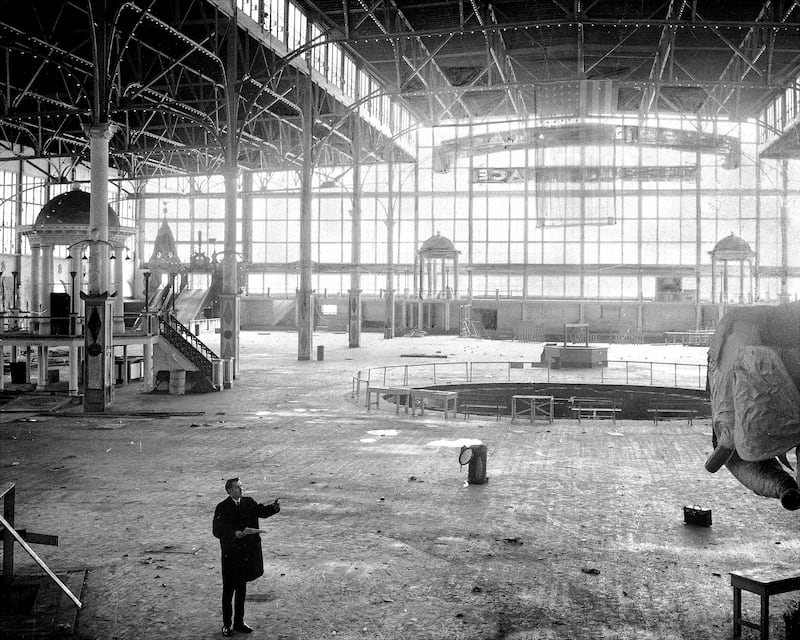
Just as Fred bought Steeplechase Park and destroyed the Pavilion of Fun before it could be landmarked, Donald bought the former home of the Bonwit Teller department store and preempted any landmarking. He pledged to donate to the Metropolitan Museum two features of the building it was ready to welcome to its collection; a limestone frieze near the top of the building and the bronze latticework over the entrance.
But moving them would be an expense. He had both destroyed, along with the rest of the structure by 200 undocumented Polish laborers who had come to the U.S. on tourist visas. Nicknamed ”the Polish brigade,” they worked 12-hour shifts, seven days a week for $5 or less an hour. Reportedly, they were sometimes simply not paid. And, unlike the fashion models at Fred’s V.I.P. Farewell, most members of the Polish Brigade were not issued hard hats.
During one resulting lawsuit, Donald testified that he sometimes posed on the telephone as his own spokesman, calling himself John Barron.
“Lots of people use pen names,” he told the press afterwards. “Ernest Hemingway used one.”
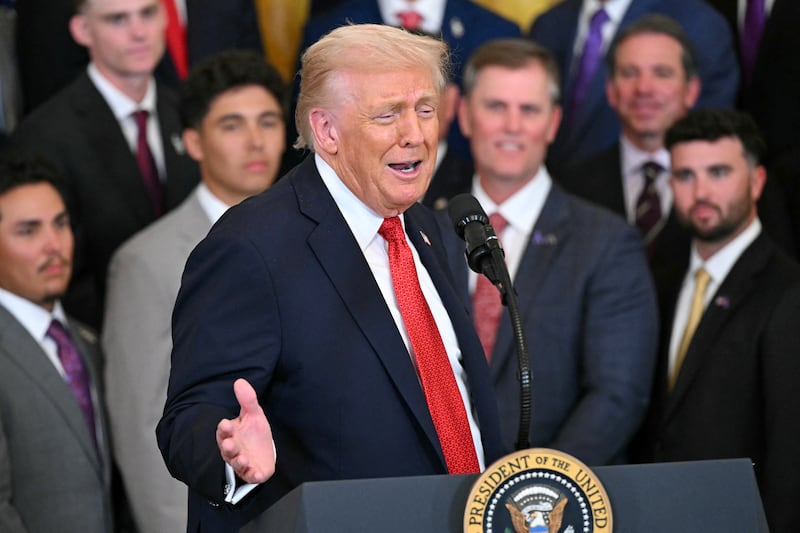
Having far outdone Fred by becoming president, and now himself a father with a son he named Barron, Donald has been locking up undocumented immigrants by the thousand. He used a crew of presumed citizens to demolish the East Wing of the White House.
“You probably hear the beautiful sound of construction to the back,” he said at a lunch for Republican senators at the White House on Tuesday. “You hear that sound? Oh, that’s music to my ears. I love that sound.”
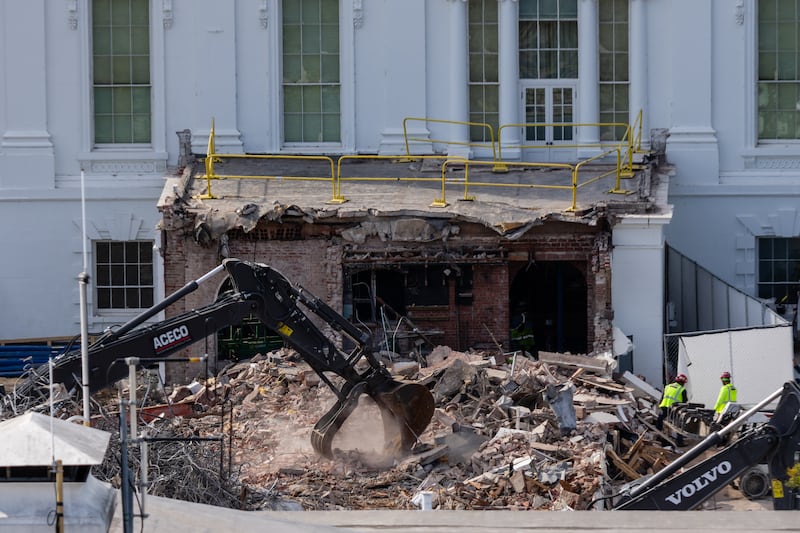
But Donald had sent out no engraved invitations for his buddies to join in the wrecking, as he had been insisting the White House itself would not be touched. He did invite more than 100 billionaires and mega corporations turned MAGA to help fund the 90,000-square-foot ballroom that will be constructed in its place. The cost was initially projected to be $250 million. The estimate has since risen to $300 million and then $350 million.
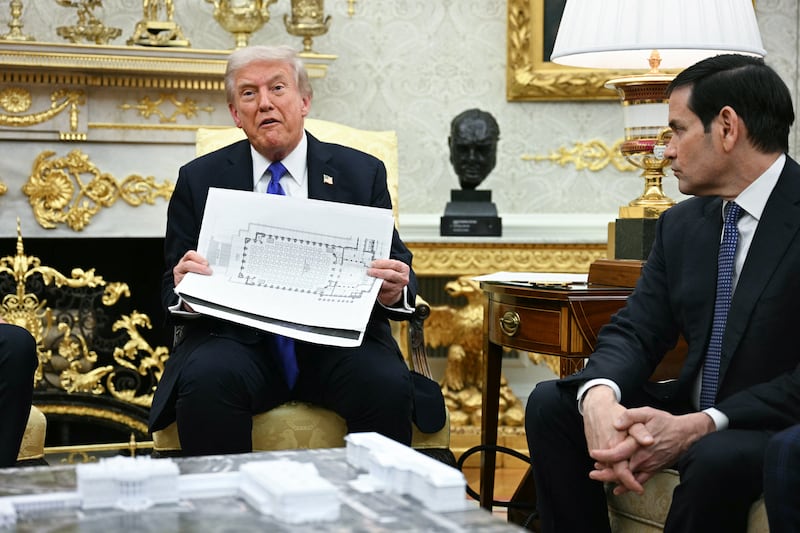
What press releases presently call The White House State Ballroom, but officials are speak of as The President Donald J. Trump Ballroom will have glass walls, just like the Pavilion of Fun that Fred demolished. The glass will be bulletproof, and therefore impervious to bricks.
A seaside minor league baseball stadium, home of the Brooklyn Cyclones, now occupies land where Fred also made Trumpian music with wrecking equipment, but encountered a limit.
The iconic Parachute Jump still stands, having been landmarked.
The East Wing, however, does not.
The post How Trump’s Crooked Dad Taught Him to Revel in Teardowns appeared first on The Daily Beast.
